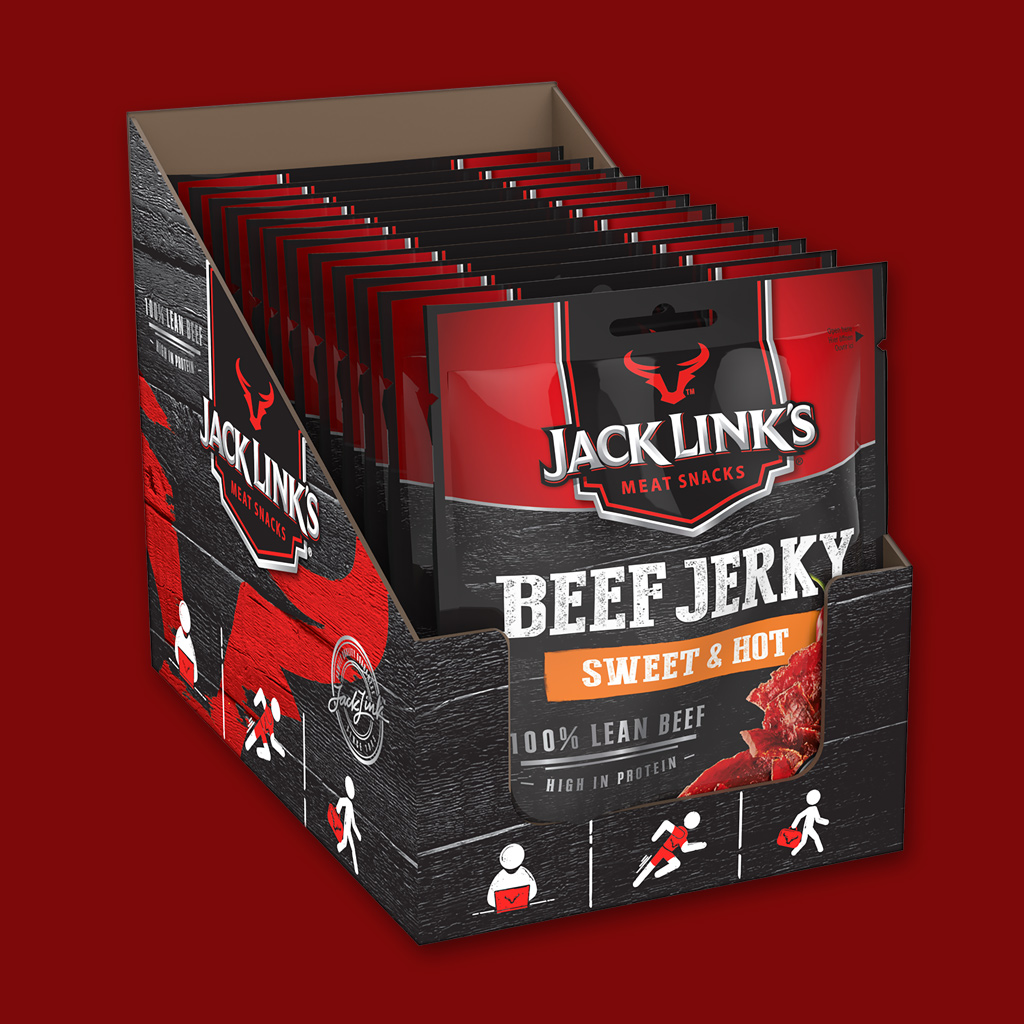
Its broad, deep soundstage framed each record in its unique space and time, encouraging repeated playback. It rendered a sense of intimacy on operatic vocals, jazz, and bluegrass it was equally generous with rock, electronic, and classical works. The Compact 845 did not favor one genre of music over another. I listened to Wayne Shorter (may he rest in peace), Tony Rice, and Maki Asakawato Renata Tebaldi, the Beatles, and ZZ Top. The Compact 845 inspired me to audition some new LPs and a few old ones. The Compact 845 ran hot, and so did the music that flowed from its mighty triodes. Music had energy, speed, dynamics, punch, and depth. Against this backdrop, music blossomed, consistently creating a you-are-there, live-performance quality that made my DeVore Fidelity O/96s resemble Quad ESL-57s. The 845 wowed me with its immense soundstage, which I attribute partly to its aforementioned silence: the long decay of reverb tails contrasting that outer-spaceblackness each enhancing the other. I had to push my reference DeVore Fidelity O/96 loudspeakers back 6" to optimize coherence and clarity once I did that, the system sang.


It was a natural fit for the Mastersound. I began my audition with the two-way DeVore Fidelity O/96 loudspeaker (footnote 1), a rich, warm, incisive speaker that uses a 1" silk-dome tweeter and a 10" paper-cone woofer and sounds good with every amplifier and in every room I've heard it in.


 0 kommentar(er)
0 kommentar(er)
